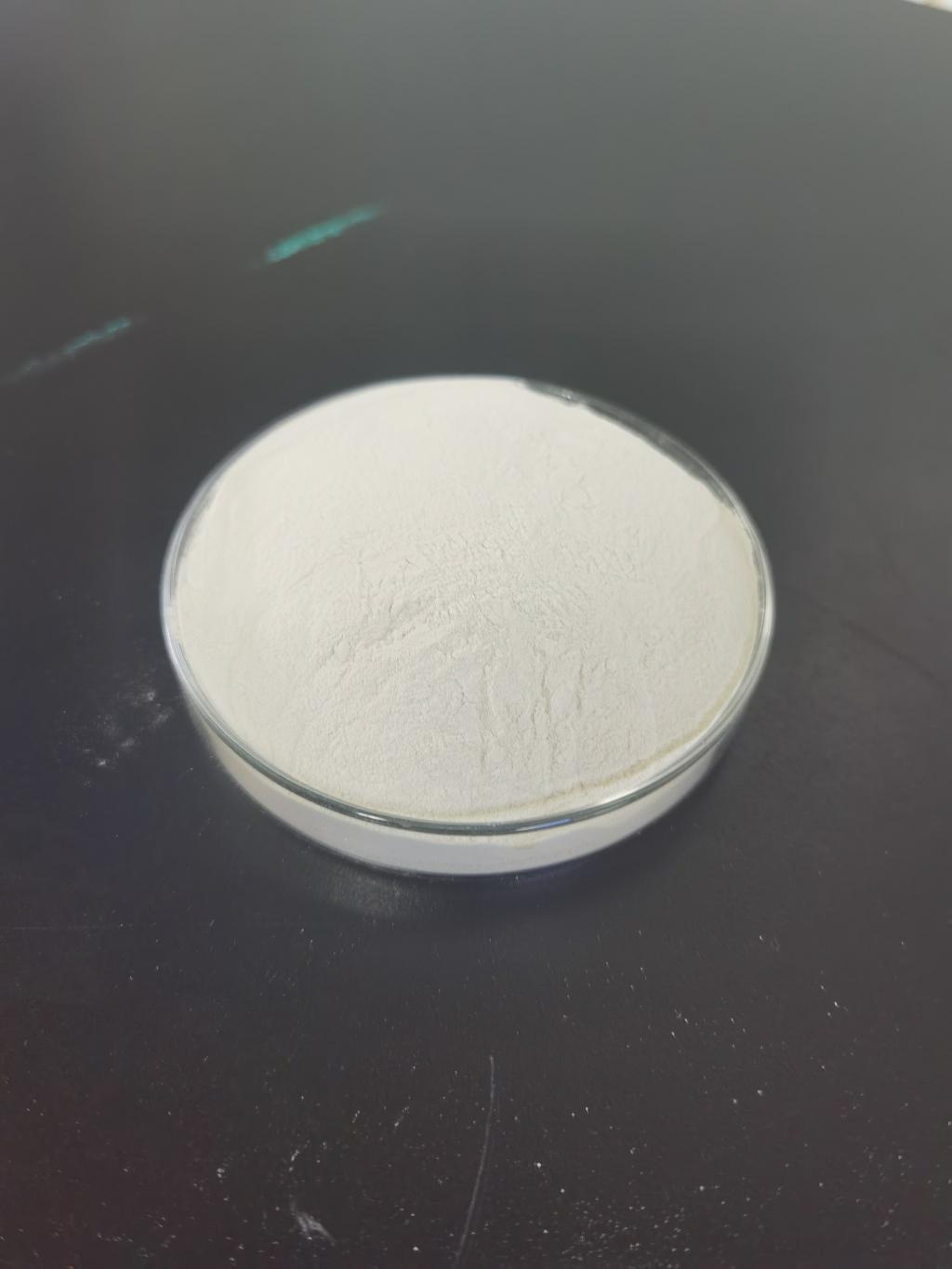Tel:0086 18231198596

News
Nisin's Global Market and Industry Trends.
TIME:2023-11-10
I. Global Market Overview
Market Size and Growth
The global nisin market has been steadily expanding over the years, driven by the demand for safe and natural food preservation solutions. The market size is influenced by factors such as population growth, urbanization, and changing consumer preferences. As of [latest available data], the global nisin market is estimated to be worth [market value], and it is expected to experience [forecasted growth rate] CAGR from [year] to [year].
Market Segmentation
The market for nisin can be segmented based on various criteria, including application, source, form, and region.
a. By Application
- Food Preservation
- Pharmaceutical and Medical
- Food Packaging
- Biomedical and Biotechnology Research
- Others
b. By Source
- Natural Fermentation
- Genetic Engineering
c. By Form
- Powder
- Liquid
- Others
d. By Region
- North America
- Europe
- Asia-Pacific
- Latin America
- Middle East and Africa
II. Industry Trends
Increasing Demand for Clean Label Ingredients
Consumers are becoming more health-conscious and are seeking natural and clean label food products. Nisin, as a natural antimicrobial peptide produced by lactic acid bacteria, fits well into this trend. Its use as a clean label ingredient has gained traction in the food industry, contributing to its market growth.
Expanding Applications in Pharmaceuticals and Medicine
Nisin's antimicrobial properties have found applications beyond food. In pharmaceuticals and medical products, nisin is being explored for its potential as an antibacterial agent in wound care, dental products, and as a treatment for bacterial infections. This expansion into healthcare-related fields has opened up new market opportunities.
Sustainable and Eco-Friendly Production
Sustainability is a growing concern in the food industry. Companies are increasingly seeking environmentally friendly production methods for nisin. Efforts to use renewable and low-cost substrates, minimize waste, and reduce energy consumption are becoming common practices in nisin production.
Advances in Genetic Engineering
Genetic engineering plays a pivotal role in nisin production. Researchers are continually improving nisin yields and properties through genetic modification of nisin-producing strains. This trend has led to the creation of tailored nisin variants with enhanced characteristics for specific applications.
Food Packaging Innovation
Nisin has been incorporated into food packaging materials to extend the shelf life of products, reducing the need for chemical preservatives. This innovative approach aligns with consumer preferences for sustainable and waste-reducing packaging solutions.
Global Expansion and New Market Entrants
The demand for nisin is not limited to established markets. Emerging economies, particularly in Asia-Pacific and Latin America, have shown a growing appetite for nisin in various applications. This has attracted new players to the market, leading to increased competition and innovation.
III. Regional Analysis
North America
North America has been a significant market for nisin, with a strong focus on clean label and natural food products. The United States and Canada are among the leading consumers of nisin, driven by consumer demand for safe and minimally processed foods.
Europe
Europe has a well-established nisin market, with countries such as the United Kingdom, Germany, and France leading in consumption. The region places high importance on food safety, and nisin's applications in the dairy, meat, and bakery sectors have contributed to its growth.
Asia-Pacific
The Asia-Pacific region is witnessing substantial growth in the nisin market, driven by increasing awareness of food safety and a growing population. Countries like China and India are emerging as key markets for nisin in both food and pharmaceutical applications.
Latin America
Latin America is also experiencing market growth, with countries like Brazil and Mexico adopting nisin in various food and beverage products. The region's focus on traditional and fermented foods aligns well with nisin's applications.
Middle East and Africa
While the Middle East and Africa represent a smaller share of the global market, there is a growing interest in nisin as consumer awareness of food safety and clean labels rises. The region is expected to witness increased adoption in the coming years.
IV. Regulatory Considerations and Safety
Regulatory agencies in different regions, such as the U.S. Food and Drug Administration (FDA) and the European Food Safety Authority (EFSA), have established guidelines for the use of nisin in food and pharmaceutical products. Compliance with these regulations is essential to ensure the safety and quality of products containing nisin.
V. Future Outlook
The future of the nisin market looks promising, with several key trends and factors driving its growth:
Further Diversification of Applications
Nisin's versatile antimicrobial properties will likely lead to the development of new applications in various sectors, including cosmetics, personal care products, and pet food.
Enhanced Production Methods
Continued advancements in biotechnology, fermentation optimization, and genetic engineering will contribute to higher yields and cost-effective nisin production.
Tailored Nisin Variants
Customized nisin variants with specific characteristics will become increasingly prevalent, catering to the unique needs of different industries and applications.
Increased Global Market Penetration
Emerging markets in Asia and Latin America offer substantial growth opportunities for nisin. As consumer awareness and acceptance of nisin grow, its market reach will expand.
Regulatory Alignment
Harmonization of regulatory standards across regions will facilitate the international trade of nisin-containing products and foster market growth.
Conclusion
Nisin's global market is on an upward trajectory, driven by increasing consumer demand for clean label, safe, and natural food preservation solutions. Industry trends, such as expanded applications in pharmaceuticals, sustainability, genetic engineering, and food packaging innovations, are shaping the future of nisin. As the market continues to evolve, nisin's versatility and safety profile position it as a crucial component in addressing the challenges of food safety and preservation while meeting the demands of an ever-changing food industry and consumer landscape.

 CONTACT
CONTACT




